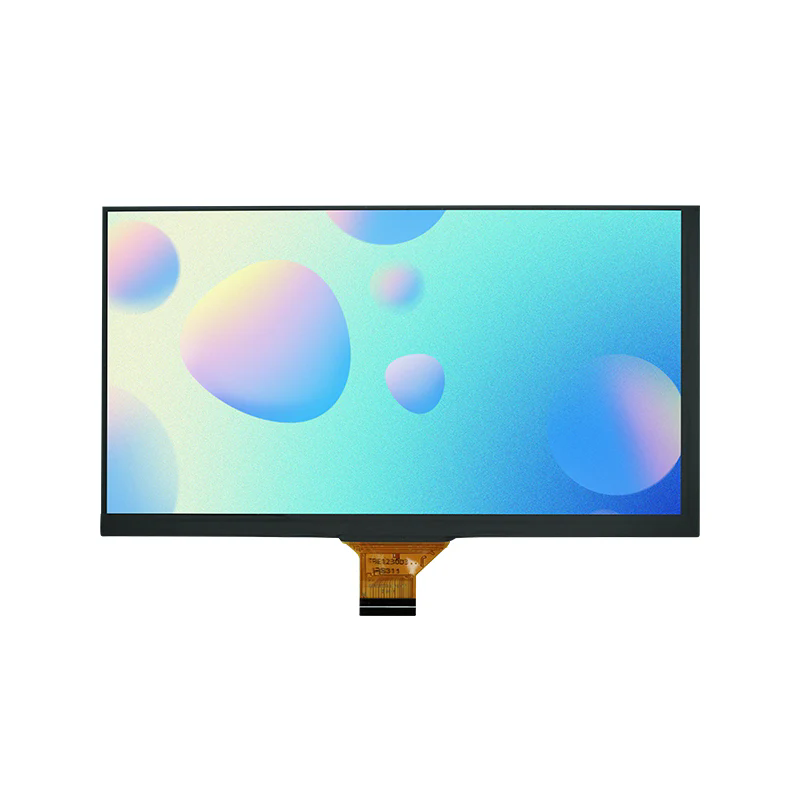Standard TFT Screen: The Backbone of Modern Display Technology
2025-06-20
In today’s digital age, display technology plays a crucial role in everything from smartphones and laptops to industrial equipment and medical devices. Among the most widely used display types is the Standard TFT (Thin-Film Transistor) Screen — a type of LCD (Liquid Crystal Display) that offers bright, sharp images with reliable performance.

What is a Standard TFT Screen?
A Standard TFT Screen is an LCD panel that uses thin-film transistor technology to control individual pixels with precision. Each pixel is paired with a transistor and capacitor, allowing for faster response times and better image quality compared to older passive matrix LCDs. TFT screens provide vibrant colors, sharp text, and wide viewing angles, making them ideal for various applications.
Key Features of Standard TFT Screens
High Resolution and Clarity
TFT screens offer excellent pixel density, resulting in crisp and clear images suitable for detailed graphics and text.
Fast Response Time
The active matrix design reduces blur and ghosting, making TFT displays suitable for video playback and interactive applications.
Wide Viewing Angles
Though not as wide as advanced IPS panels, standard TFT screens maintain decent visibility from different angles.
Energy Efficiency
Compared to older display technologies, TFT screens consume less power, extending battery life in portable devices.
Compact and Lightweight
Their slim profile enables sleek device designs without compromising display size or quality.
Applications of Standard TFT Screens
Consumer electronics such as smartphones, tablets, and digital cameras
Computer monitors and laptops
Automotive dashboards and infotainment systems
Medical devices and diagnostic equipment
Industrial control panels and instrumentation displays
Advantages Over Other Display Types
While OLED and AMOLED displays offer deeper blacks and higher contrast ratios, TFT LCDs are generally more cost-effective and less prone to burn-in issues. This makes them the preferred choice for applications where budget, durability, and consistent performance are priorities.
Choosing the Right TFT Screen
When selecting a TFT screen, consider:
Size and resolution requirements based on your application
Interface compatibility (LVDS, eDP, parallel)
Brightness and contrast levels for the intended environment
Touchscreen integration if interactive control is needed
Operating temperature range for industrial or outdoor use
Conclusion
The Standard TFT Screen remains a fundamental technology in the world of digital displays, balancing performance, cost, and versatility. Whether powering a smartphone, a factory control panel, or a medical monitor, TFT screens provide reliable, high-quality visuals that meet the demands of modern users and industries. As display technology continues to evolve, TFT panels will remain a key player for many applications around the globe.


